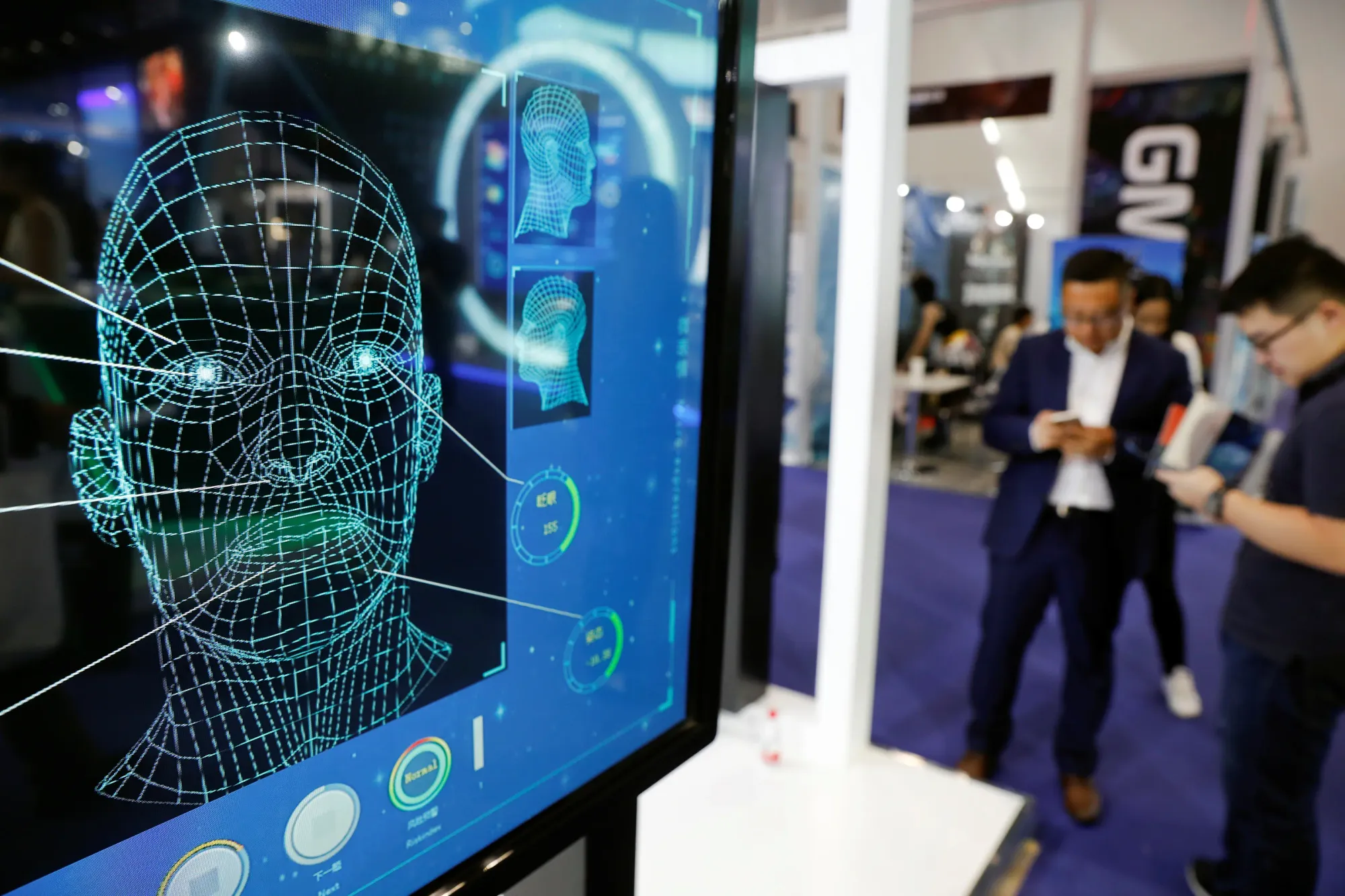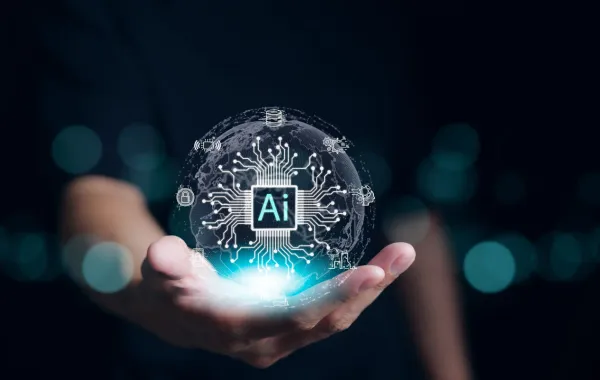Addressing Unconscious Bias in AI-Driven Recruitment

Artificial intelligence (AI) has revolutionized recruitment by streamlining processes and enhancing efficiency. However, a significant challenge persists: unconscious bias embedded within AI-driven systems. Addressing this issue is crucial for fostering diversity and ensuring fair hiring practices.
Understanding Unconscious Bias in AI Recruitment

Unconscious bias refers to the automatic associations and judgments formed about individuals based on characteristics such as race, gender, or age, without conscious awareness. When AI systems are trained on historical hiring data that reflect these biases, they can inadvertently perpetuate and even amplify discriminatory practices. For instance, Amazon's AI recruitment tool was discontinued after it was found to favor male candidates, a bias stemming from the male-dominated data it was trained on.
The Prevalence of Bias in AI Recruitment

Recent studies highlight the extent of this issue:
• Perception of Bias: Approximately 49% of employed job seekers believe that AI hiring tools are more prone to bias than human recruiters alone.
• Impact on Diversity: Blind recruitment processes, which AI can facilitate, have been shown to increase the likelihood of hiring racial minorities by 29%, indicating that AI, when properly implemented, can promote diversity.
Strategies to Mitigate AI Bias in Recruitment

To address unconscious bias in AI-driven recruitment, organizations can implement several strategies:
• Diversify Training Data: Ensure that AI systems are trained on datasets that represent a wide range of demographics to minimize inherent biases.
• Implement Blind Recruitment: Anonymize candidate information such as names, gender, and race to prevent AI systems from making biased decisions based on irrelevant demographic details.
• Continuous Monitoring and Auditing: Regularly assess AI algorithms for biased outcomes and adjust them accordingly to ensure fairness in the recruitment process.
• Human Oversight: Maintain human involvement in the recruitment process to interpret AI recommendations critically and make final decisions, ensuring that AI serves as a supportive tool rather than the sole decision-maker.
• Transparency and Accountability: Clearly communicate how AI tools are used in recruitment and establish accountability measures to address any biases that may arise.
The Role of AI in Reducing Unconscious Bias

While AI has the potential to perpetuate biases, it also offers opportunities to mitigate them:
• Structured Evaluations: AI can standardize the assessment of candidates, reducing subjective judgments that often lead to bias.
• Skill-Based Matching: Advanced AI systems can focus on candidates' skills and capabilities, disregarding demographic factors that are irrelevant to job performance.
However, it's essential to recognize that AI is not a standalone solution. Human oversight is crucial to interpret AI outputs and make nuanced decisions that align with organizational values and diversity goals.
Conclusion
Addressing unconscious bias in AI-driven recruitment is imperative for creating equitable hiring practices. By implementing strategies such as diversifying training data, adopting blind recruitment techniques, and ensuring continuous human oversight, organizations can harness the benefits of AI while promoting diversity and inclusion. As AI continues to evolve, a balanced approach that combines technological innovation with ethical considerations will be key to its successful integration into recruitment processes.





